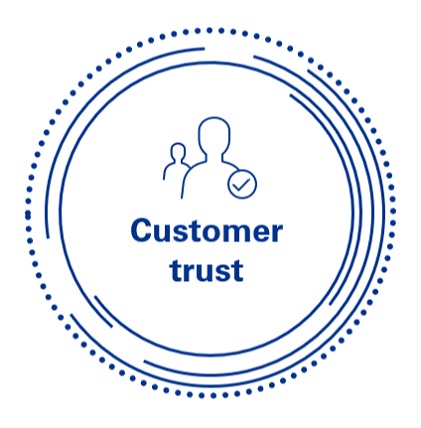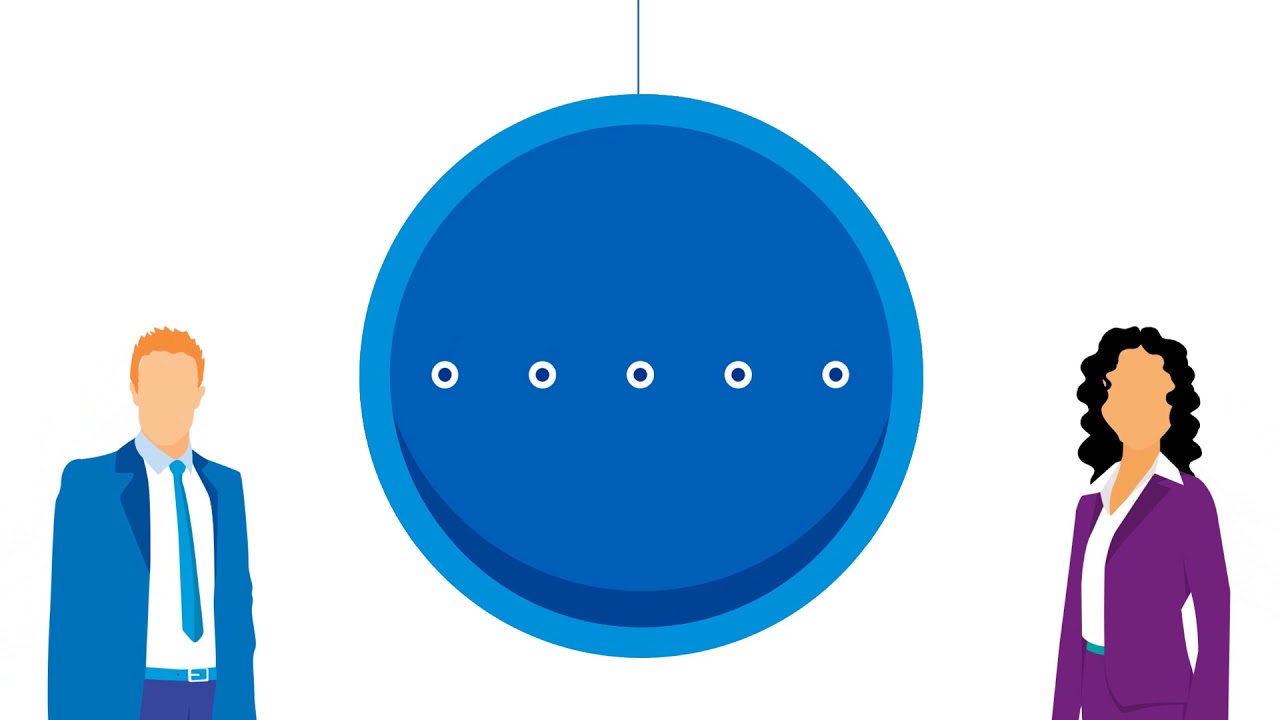Customer trust
Building technical trust that serves and protects customers and manages technology risk


Technology organizations continue to gain a larger role in influencing the perceived quality and trust of products and services by embedding technical trust throughout their organization and IT lifecycle.
Watch our video and read on to learn how building technical trust can serve and protect customers while managing technology risk.
Trust—something challenging to build, and incredibly fragile to maintain—lies at the heart of today’s brands. Technical trust as an imperative is growing due to several evolving factors.
Bottom line impact: US$2.5tn annual cost of lack of trust to global brands1
Increased loyalty: 69% more likely to buy stock in an ethical company.

Digital leaders consistently:
- incorporate trust-by-design principles into all technology initiatives
- modernize architecture to help simplify security models through better transparency and standardization
- decentralize teams in the remote working environment—in order to prioritize speed and delivery
- leverage risk intelligence technology to gather insights to support faster, more accurate decision making.
The solution
Digital leaders are embedding trust into their IT engineering and technology stack to achieve market speeds.
As the world continues to evolve and customers become more reliant on digital channels and products—technical trust has become increasingly important. Trust will continue to be the currency under which brands trade.
Companies who successfully build customer trust through technology share these common attributes:
- put trust at the center of the IT operating model
- believe in the power of automation and AI as an enabler of trust
- build products that are highly secure, resilient, and scalable
create a culture of ethical use and transparency.
The KPMG approach
Wherever your organization is in its understanding of customer trust, KPMG can help assess, create, and transform trust within your business.
1
Assess trust
Unbiased baseline of technical, security, privacy, data, cyber, and enterprise risk capabilities, recommendations of improvement opportunities
2
Create trust
Strategy, design and implementation of the trusted operating model, backed with trust analytics and reporting across a secure product lifecycle
3
Transform trust
Trust transformation program to rehabilitate or recover from lost customer trust; internal audit reimagined, unified governance framework
4
Provide insights
Data architecture, integration and analytics to deliver rich insights on specific risk use cases, KPIs and KRIs
KPMG is here to help.
The hardest part is often knowing where to start, but as good a place as any is asking yourself some critical questions:
- Is customer trust imperative to your corporate objectives?
- Do you know where the vulnerabilities lie across your IT value chain?
- Do your risk, assurance, and compliance functions sit outside or at the end of your software development life cycle?
Footnotes
1. Erica Perry, SocialMediaWeek.org, February 6, 2018, https://socialmediaweek.org/blog/2018/02/lack-trust-costs-brands-2-5-trillion-per-year-study
Dive into our thinking:
Customer trust
Download PDFExplore more

The future of IT
Enabling the delivery of products and services at market speed and scale.

Speed to modern technology: Shaping the future
In a world where business and technology are inseparable, CIOs and other technology leaders play an outsized role in shaping the future. We’re here to help you see the possibilities—and turn them into realities.
Meet our team
